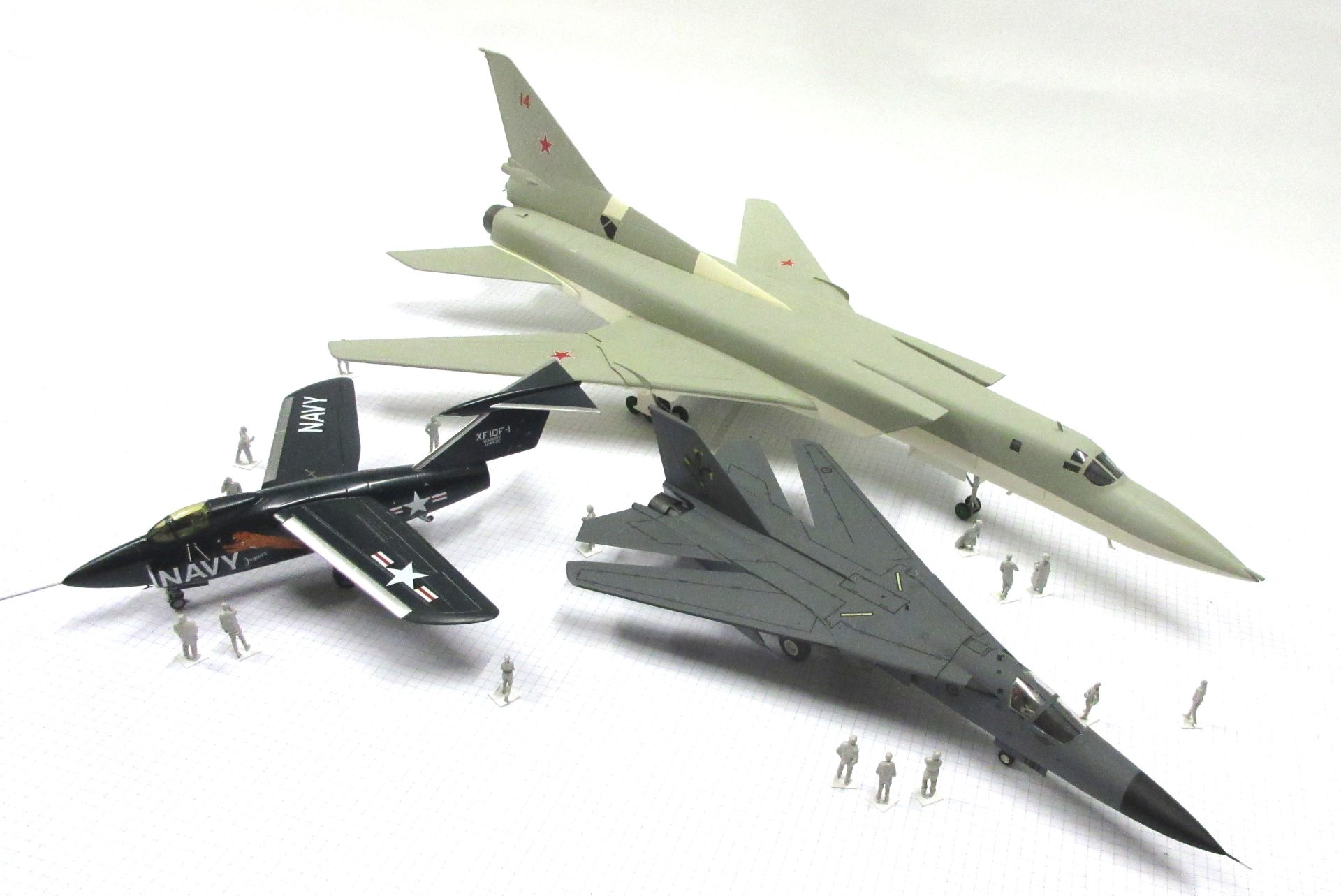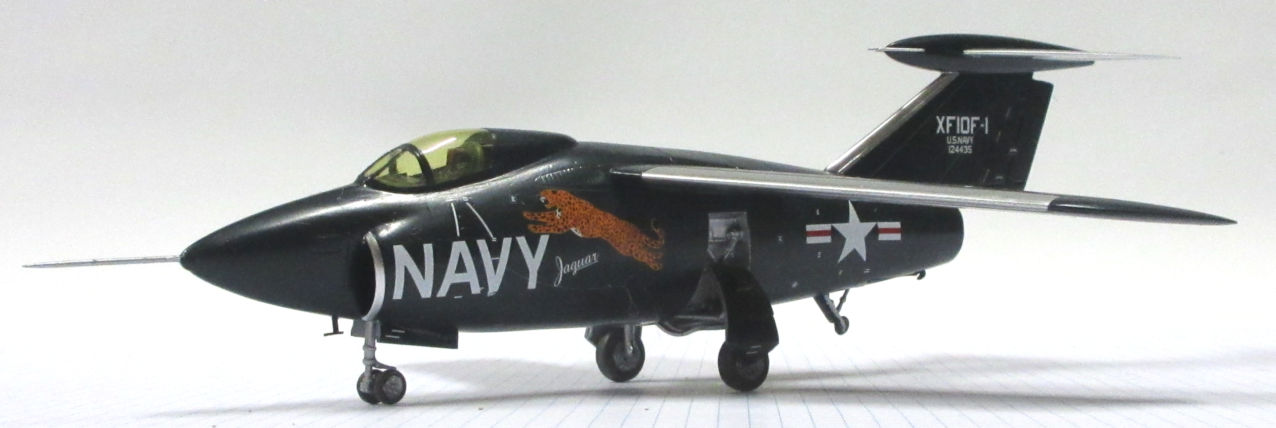Variable Geometry Aircraft
Grumman XF10F-1 – General Dynamics F-111C- Tupolev Tu-22M
 The idea of the variable geometry (‘swing wing’) aircraft took off after the allies came across the prototype of the Messerschmitt P.1011. The innovation promised to solve the problem of making an aircraft what could achieve high performance with a swept wing and good low speed performance with the wing extended. The idea was developed in the 1950s and 1960s, leading to a generation of high performance military aircraft. The idea seems to have fallen out of favour more recently but let’s look at three examples of this unique aircraft type.
The idea of the variable geometry (‘swing wing’) aircraft took off after the allies came across the prototype of the Messerschmitt P.1011. The innovation promised to solve the problem of making an aircraft what could achieve high performance with a swept wing and good low speed performance with the wing extended. The idea was developed in the 1950s and 1960s, leading to a generation of high performance military aircraft. The idea seems to have fallen out of favour more recently but let’s look at three examples of this unique aircraft type.
Grumman XF101F-1 in 1/72 by Planet Models
This aircraft was an early attempt to create a variable geometry aircraft and it made its first flight in 1952. It was designed for the US Navy which was looking for a jet aircraft with high speed capability able to land safely on aircraft carriers. However there were many problems with this aircraft, partly due to its novel design and partly due to its engine so flight testing did not last long and the project was soon cancelled. Despite this failure the experience gained was put to good use in designing later aircraft such as the F-111.
There have been three kits of this aircraft, an Esoteric vacrotm kit with metal parts, an Anigrand full resin kit and a Planet Models resin kit. A review of the Esoteic kit on the Modelling Madness website makes it look a particularly unattractive proposition. I chose the Planet Models kit because it looked finer than the Anigrand kit in the box and, while the Anigrand kit might be the easier one to build, I think the model made from the Planet kit will look more realistic. It went together well, but not as easily as some other Planet kits I’ve made. The review of this kit on the IPMS/US website is positive, with the caveat that you wouldn’t try this as one of your first few kts.
General Dynamics F-111C in 1/72 by Hasegawa
This aircraft was initially intended to be a multi-role aircraft in which its variable geometry gave it greater flexibility than normal aircraft. They began entering service with the US Air Force in 1967 and were eventually used in attack and electronic warfare roles. They flew operationally in the Vietman War and the First Gulf War. The Royal Australian Air Force also acquired 24 F-111C versions of this aircraft which it flew until 2010.
There are a few kits of the F-111, most of them getting on in years now. The Revell kit dates from 1966, the Airfix kit from 1967 (with new parts added in 1976), the Esci/Ertl/Italeri kit from 1988 and the basic Hasegawa kit from 1989. Some of these kits have also been amended to make up into more than one version of the F-111 and I chose to make the Hasegawa kit because it can be made into just about all the version except the rare F-111B. The general consensus on Britmodeller is that the Hasegawa kit is best and a long build review of the Australian F-111C on the Hyperscale website describes this as a ‘sweet’ kit.
Tupolev Tu-22M in 1/72 by Esci
This aircraft was designed as a supersonic bomber using variable geometry to give it high speed during the attack phase and more efficient swept wing performance for take-off and landing. They began entering service in 1972 and have been used by the Soviet/Russian air forces as bombers and for long range maritime and anti-shipping operations. They remain in operation today and have been used in the war against Ukraine.
You only have two kit options for this model, the Esci/Ertl/Italeri kit which was first boxed in 1989 and the more recent Trumpeter kit from 2009. I made the Esci kit because it was the only one available at the time but if I was to make it again the only thing that might stop me from going to the Trumpeter kit would be price. Reviews of the Esci kit are not bad, for example the one on the Modelling Madness site but it’s major disadvantage is that it was made before we in the West knew much about the Tu-22M. On the other hand the Trumpeter kit was designed and made now that we know a lot more about them and therefore that kit has a lot more detail to play with. The Fine Scale Modeler review of the Trumpeter kit gives it a big thumbs up and the in-box review on the IPMS/US site includes photos of all the parts which look very detailed and impressive.



